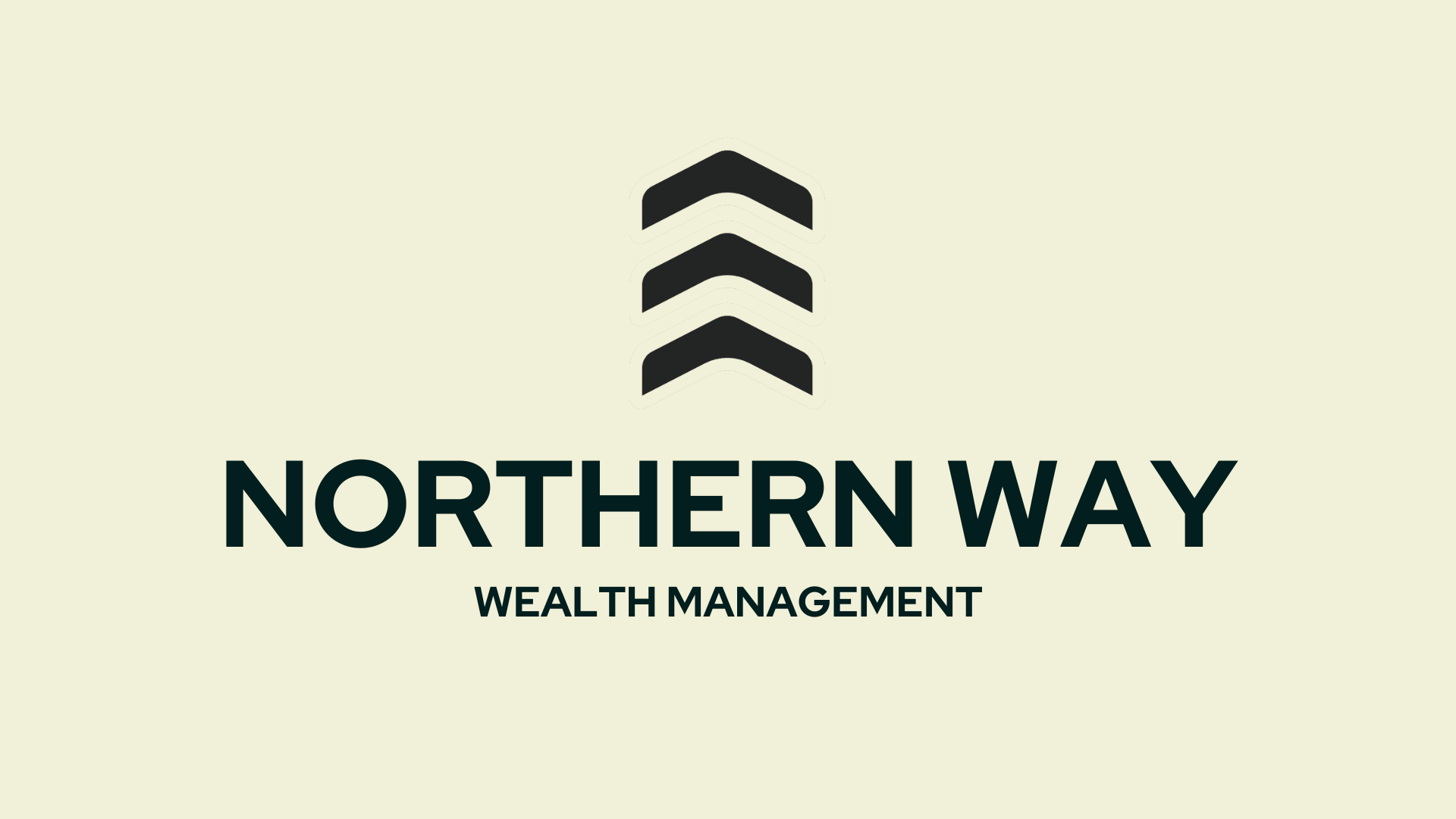Is Your Retirement Bucket Strategy Still Aligned with Your Goals?
The beginning of a new year is the perfect time to revisit your financial plans, especially as you approach or enter retirement. One of the most effective ways to ensure long-term financial stability is through a bucket strategy, which segments your assets into three categories:
- Short-term safety (to cover immediate expenses)
- Intermediate-term income (to provide steady cash flow)
- Long-term growth (to outpace inflation and support future needs)
Why an Annual Bucket Strategy Review is Critical
Over time, life circumstances, market conditions, and economic trends change. A yearly review of your strategy helps ensure your allocations are still working in your favor.
Are You Taking on the Right Amount of Risk?
Markets fluctuate, and so does your comfort level with risk. A yearly review allows you to reassess whether your bucket allocations align with your financial goals and tolerance for risk.
- Are you holding too much cash in your short-term bucket, potentially missing out on growth?
- Or are you overly invested in stocks when you may need those funds sooner than expected?
Understanding these trade-offs can help you adjust before market conditions force your hand.
Will Your Cash Flow Support Your Lifestyle This Year?
A well-balanced bucket strategy helps ensure consistent cash flow without forcing you to sell long-term investments in a downturn. Key questions to consider:
- Do you have enough in your short-term bucket to cover expenses for the next 1–3 years?
- Should you replenish your intermediate bucket from investments that performed well last year?
- Have you accounted for inflation and healthcare costs that may increase your spending needs?
By evaluating these factors annually, you can avoid financial surprises.
How Confident Are You in Your Long-Term Security?
Retirement isn’t just about today—it’s about ensuring you have enough for the years ahead. The long-term bucket is designed for growth, but it also requires periodic adjustments:
- Is your long-term portfolio diversified enough to withstand market fluctuations?
- Have you considered new tax laws or required minimum distributions (RMDs) changes?
- Is your current plan sustainable if you live longer than expected?
Taking a proactive approach each year can give you peace of mind, knowing you’re financially prepared for the road ahead.
How to Fine-Tune Your Strategy for 2025
Short-Term Safety Bucket (1-3 years of expenses)
Designed to cover your immediate needs without depending on market performance. These funds are typically held in cash, money markets, or short-term bonds.
What to review this year:
- Do you still have enough liquidity for 1–3 years of expenses?
- Has inflation increased your monthly spending, requiring an adjustment?
- Are interest rate changes affecting the returns on your short-term holdings?
Intermediate-Term Income Bucket (4-10 years of expenses)
This bucket balances stability with growth, using dividend-paying stocks, bonds, and annuities to provide income while replenishing your short-term bucket.
What to review this year:
- Is your income strategy still aligned with your retirement spending habits?
- Have you factored in tax-efficient withdrawals to minimize penalties?
- Could shifting some assets improve cash flow while reducing risk?
Long-Term Growth Bucket (10+ years of expenses)
This bucket is designed for long-term growth to combat inflation and ensure financial security later in retirement.
What to review this year:
- Are your investments diversified across asset classes?
- Have you checked how market trends and policy changes (like potential tax increases) impact your plan?
- Are you investing too conservatively, risking a loss of purchasing power?
Questions to Consider for 2025
A good financial plan isn’t just about numbers—it’s about making informed decisions. Here are some key questions to reflect on as you review your strategy:
- How much should I have in each bucket, given current market conditions?
- What changes in tax laws could impact my withdrawals and RMDs?
- Am I prepared for a healthcare emergency or long-term care costs?
- How can I adjust my investments to better align with my retirement vision?
There’s no universal answer—everyone’s situation is unique. However, understanding these questions is the first step toward making confident financial decisions.
Want to Learn More?
If you’re unsure about the best way to adjust your bucket strategy for 2025, we’ve compiled a helpful Retirement Bucket Strategy Checklist that walks you through key steps. Download the free checklist here. Or, if you’d rather discuss your specific situation, feel free to reach out with your questions—we’re happy to provide guidance and insight.




